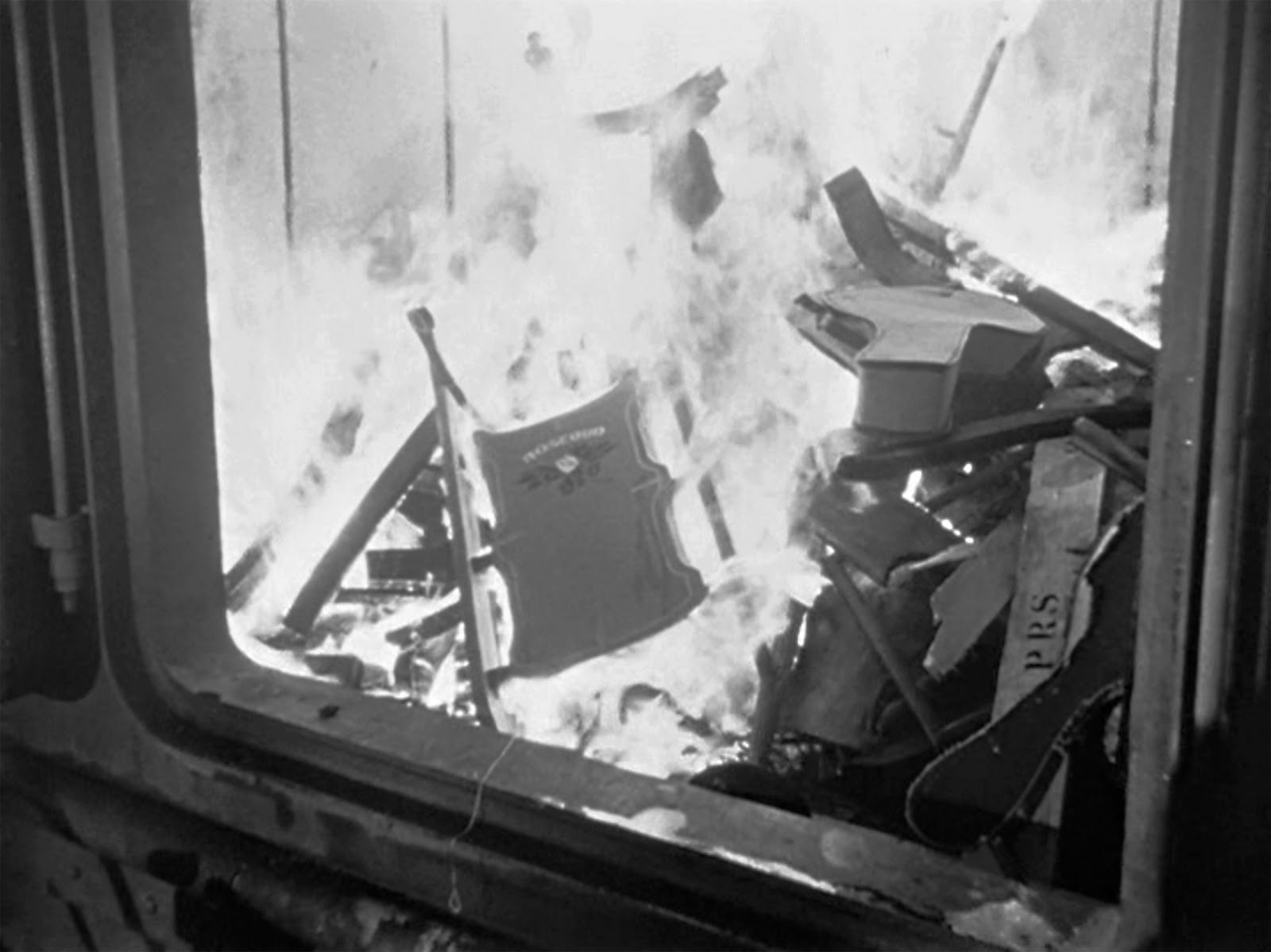| Film Title | Preference (/10) | Most Memorable Scene | Film Element Focus |
| Citizen Kane (1941, Welles) | 7/10, closer to a 6 than an 8. | Kane smashing the contents of Susan Alexander’s room. | “The Greatest Film of All Time” |

My favourite scene from Orson Welles’ 1941 Mystery/Drama classic ‘Citizen Kane’ is the scene in which Welles’ titular leading man, Charlie Kane, destroys the room which had once belonged to his ex-wife Susan Alexander in a fit of rage. I think it is brilliant because it embodies an extremely organic and human sense of escalation which, in a less skillfully made movie, would be reserved for scenes involving dialogue.
In here, however, Welles can pull it off on his own – as the scene starts from a small beginning, Kane packs a suitcase. Then, it spirals out of control along with Charles’ feelings, as he throws the cases across the room and then continues to tear down her bedding – moving on to smash nearly all the contents of the room. It’s a raw display of ape-like aggression that solidifies just how rotten Kane has become at his core.
From a technical perspective, the sequence is impressive because of the length that Welles goes to to create the imposing menace of this freakout – low angles were of course necessary, and they are frequently utilised, but the notable use is in the more extreme Worms’ Eye shots in which the camera is placed into openings in the floor. Shots like these are few and far between though, as the more common camera technique here is a long take – a way of forcing the audience to sit through this veritable tantrum with little to no respite, making it as uncomfortable as possible.
The choice of camera and lens for this movie also let it be shot fully in Deep Focus style, as opposed to the blurry Shallow Focus style employed by other directors (David Fincher, as an example) – Welles uses the Deep Focus heavily because it opens the viewer’s peripheral vision to include all of the present destruction. We see the entire fallout of Charles’ outburst.
The sound present in this scene is simultaneously rudimentary, emblematic of Welles’ background in theater and inexperience with film, but also quite effective. The lack of mixing makes the scene sort of accidentally funny in an amateurish way, but the sheer volume of all the clipping noise of the crashes does in some regards add a sheer intensity which could easily provoke fear in a cinema audience using more high-calibre speakers.
Overall, whilst many parts of this scene are notably showing of Welles’ amateur status, those same elements show the creativity and experimental nature that he brought to Hollywood which made the movie so beloved.




